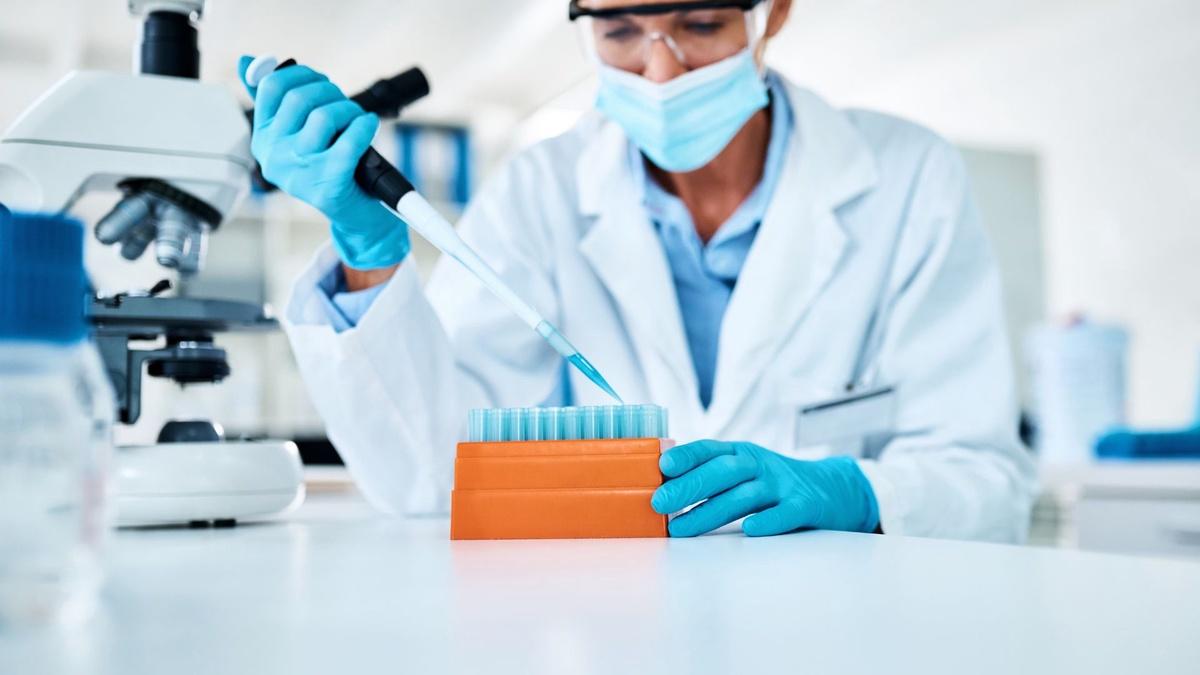The journey from conceptualising a pharmaceutical product to delivering a life-changing cure is a complex and meticulously orchestrated process. Pharmaceutical product development, encompassing both the formulation and development stages, plays a pivotal role in bringing innovative medicines to the market. This blog explores the intricacies of the pharmaceutical product development process, shedding light on the key stages and factors that contribute to the creation of effective and safe medications.
Conceptualization and Ideation (Pre-Development Stage)
Identifying Medical Needs: The pharmaceutical product development journey begins with the identification of unmet medical needs. This involves comprehensive research to understand diseases, their mechanisms, and potential gaps in existing treatment options.
Market Analysis: A thorough market analysis follows, evaluating the potential demand for a new pharmaceutical product. This step involves studying patient demographics, competitor landscapes, and regulatory considerations.
Pre-Clinical Development
Drug Discovery and Target Identification: In the pre-clinical development phase, scientists embark on drug discovery. This involves identifying specific molecular targets associated with the disease and finding compounds that could modulate these targets effectively.
Lead Optimization: The most promising drug candidates undergo lead optimization, refining their chemical structures to enhance efficacy, safety, and bioavailability. This iterative process involves extensive laboratory testing.
Formulation Development
Pre-Formulation Studies: Once a promising drug candidate is identified, formulation development begins. Pre-formulation studies focus on the physical and chemical properties of the drug, laying the foundation for the formulation design.
Prototype Formulation: Scientists create a prototype formulation, considering factors such as drug stability, solubility, and compatibility with excipients. This stage involves selecting the most suitable dosage form (tablet, capsule, injection, etc.).
Analytical Method Development: Analytical methods are developed to assess the quality, purity, and stability of the drug within the formulation. These methods are crucial for ensuring consistent product quality.
Early Clinical Development
IND Application: With a viable formulation, an Investigational New Drug (IND) application is submitted to regulatory authorities. This outlines the proposed clinical trials, along with pre-clinical data supporting the safety and efficacy of the drug.
Phase I Clinical Trials: Phase I clinical trials involve a small group of healthy volunteers to evaluate the drug's safety, pharmacokinetics, and dosage range. This stage provides initial insights into the drug's behaviour in humans.
Phase II Clinical Trials: Phase II trials expand the study population to patients with the target condition. The focus shifts to assessing the drug's effectiveness, further refining dosage, and identifying potential side effects.
Late Clinical Development
Phase III Clinical Trials: Phase III trials involve a larger and more diverse patient population to confirm the drug's efficacy, monitor side effects, and compare it to existing treatments. Positive results in Phase III trials are essential for regulatory approval.
New Drug Application (NDA) Submission: Upon successful completion of clinical trials, a New Drug Application (NDA) is submitted to regulatory agencies. This comprehensive document includes all data from pre-clinical and clinical studies, supporting the drug's safety and efficacy.
Regulatory Review and Approval
Regulatory Evaluation: Regulatory agencies, such as the FDA, conduct a thorough review of the NDA, assessing the drug's safety, efficacy, and manufacturing processes. This stage involves close collaboration between the pharmaceutical company and regulatory authorities.
Market Approval: If the regulatory review is successful, the drug receives market approval, allowing the pharmaceutical product to be marketed and sold to healthcare providers and patients.
Post-Market Surveillance
Pharmacovigilance: After market approval, pharmacovigilance activities monitor the drug's safety profile in real-world settings. Adverse events and unexpected side effects are continually assessed, and regulatory agencies may issue safety updates if necessary.
Conclusion
The pharmaceutical product development and pharmaceutical formulation development process is a multifaceted journey that demands scientific expertise, regulatory compliance, and unwavering commitment to patient safety. From the initial conceptualization to market approval and beyond, each stage plays a vital role in bringing innovative and life-changing medications to those in need. As the pharmaceutical industry continues to evolve, embracing new technologies and scientific advancements, the pursuit of safer and more effective treatments remains at the forefront of pharmaceutical product development.
